Roasting leg of lamb might seem intimidating, but it’s a lot easier than you think. This Leg of Lamb recipe helps take you through step by step how to make the perfect roast using fresh herbs and a Dijon glaze.
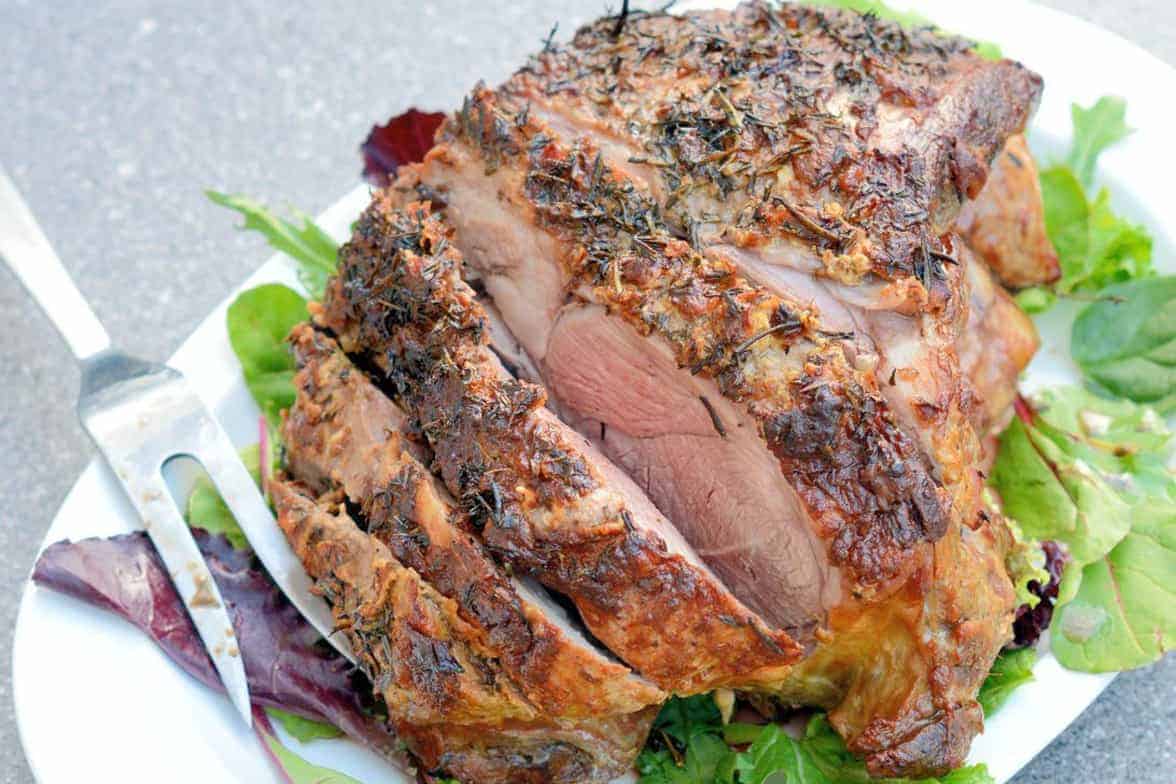
Leg of Lamb Recipe
I didn’t grow up eating much lamb. I remember my mother making lamb lollipops on occasion, but beyond that it wasn’t on the menu and usually just for my father.
It wasn’t until I started dating my husband (10 years+ now) and he requested lamb for Easter that I started to experiment with it.
This particular leg of lamb recipe originated with Cooking Light Magazine and has evolved through the years. What makes it stand out so much is the slather of Dijon mustard with fresh herbs and of course, garlic.
What is Leg of Lamb?
Leg of lamb is cut from the back haunches of the animal. It is a naturally tender cut of meat so it doesn’t require marinating, only a thick layer of herbs and other seasoning.
If you don’t see it at the grocery store, ask your butcher. Because it is popular during holiday seasons, it might not always be out, but there is usually a cut or two in the back.
Many will be trimmed, while others still have a layer of fat. While you want a little fat for flavor and to keep it juicy, excess fat needs to be trimmed. Might as well have the butcher do it so you aren’t paying for it too.
Ingredients
You can easily find all of these leg of lamb ingredients at your lo9cal grocery store.
- Boneless leg of lamb – If you prefer bone in (or can only find bone in) it’s perfectly fine to use that too.
- Garlic cloves – I always prefer to use fresh garlic. We want this garlic to be thinly sliced rather than minced.
- Salt and pepper – I prefer to use coarse sea salt and freshly ground black pepper for this recipe.
- Dijon mustard – Dijon mustard gives this lamb a bite as well as some tang and really helps round out the flavors.
- Fresh herbs – I use a blend or fresh rosemary and fresh thyme. Some will be chopped and some will be full sprigs.
- Light extra virgin olive oil – Because the ingredient list is quite short, I like to make sure I’m using a good quality olive oil here.
Boneless or Bone-In
Leg of lamb can be bought with or without a bone. Both are equally tasty but have pros and cons.
- Bone-In– This is one impressive cut, especially if the bone it kept long for a Fred Flintstone type of look. Some claim the bone adds flavor while other lamb experts will tell you this is a myth. Bone-in can be a little more challenging to carve because you are carving around a bone that runs directly through the center.
- Boneless– Boneless will be filleted because the bone has been removed. Most come in a netting to hold it all together. Take this off before roasting or else the gorgeous Dijon bark you worked so hard on will come right off with it.
You should, however, tie it with butcher twine to hold it tightly together. Two or three strings for one roast should do the trick. They are easier to slice since there is no bone.
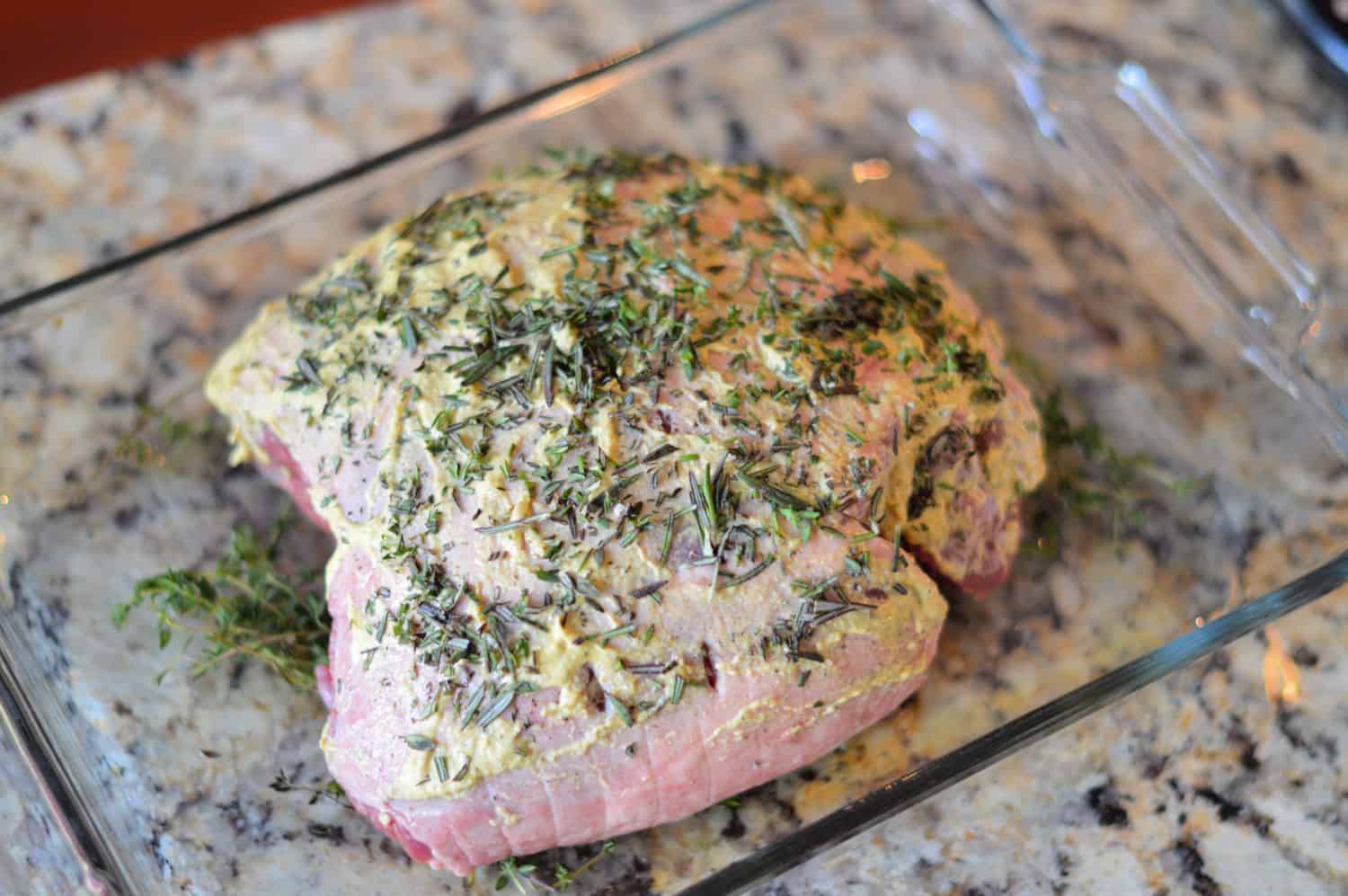
Leg of Lamb in the Oven
The answer to that question is a matter of personal preference. I prefer my lamb, like most meats, to be towards the rare side. Lamb is not generally cooked past medium, but many do prefer it medium well.
Here is a temperature guide (all in Fahrenheit). Use an instant read digital thermometer to check doneness.
- Rare: 120-130
- Medium Rare: 130-140
- Medium: 140-150
- Medium Well: 150-160
- Well: 160 (I don’t recommend going this far)
Keep in mind that all roasts will rise a few degrees while resting, a phenomenon called carry over cooking, so remove it from the oven when it is 5-10 degrees lower than your target doneness.
It is okay if your lamb is pink, in fact, that is preferable. See the temperature chart above and make sure the thickest part reads correctly.
How to Cook Leg of Lamb
Cooking a leg of lamb is very similar to preparing a prime rib or other meat roast. Fairly simple, yet people are very scared of making one at home.
- Sear exterior. Next, seared at a high temperature to make a crust and cauterize the exterior to seal in the juices.
- Coat with seasonings. This lamb roast is covered with a layer of fresh herbs and seasonings. No marinating required!
- Lower temp to cook interior. You then lower the temperature and allow the interior to warm.
- Slice against grain. Like most meats, slice against the grain for maximum tenderness.
Lamb shouldn’t require much more for flavor, but many like to serve it with mint jelly.
Perfect for an Easter dinner, a special date night, or a special meal any other time. You can also use this same rub on lamb chops or even a pork tenderloin.
Easter Lamb
This recipe really can be served at any holiday, but is most popular around Easter. I also enjoyed making it as one of my two proteins on Christmas.
According to The History Channel:
“The tradition of eating lamb on Easter has its roots in early Passover observances before the birth of Christianity. According to the biblical Exodus story, the people of Egypt suffered a series of terrible plagues, including the death of all firstborn sons.
Jews painted their doorposts with sacrificed lamb’s blood so that God would “pass over” their homes while carrying out the punishment. Accustomed to eating roast lamb on Passover, Jews who converted to Christianity continued the tradition at Easter.
Additionally, Christians refer to Jesus as the “Lamb of God,” so it makes sense that the food shows up at the Easter table. On a less symbolic note, lamb would have been one of the first fresh meats available after a long winter with no livestock to slaughter.”
What to Serve with Leg of Lamb
Whether serving as a holiday main dish or just a special weeknight dinner at home, a rack of lamb pairs nicely with lots. Potatoes like mashed potatoes or scalloped potatoes always taste great with lamb.
I also like to serve mine with some sort of vegetable. A nice green side salad, broccoli or green beans are always great options.
Variations
There are plenty of ways you can make this slow roast leg of lamb recipe your own. Here are a few suggestions.
- Grilled – Grilled lamb is positively delicious! In fact, you can even use this recipe. Heat on indirect heat for 30-40 minutes. Check internal temperature to get it right! Make sure you get a meat thermometer or instant-read thermometer to verify the internal temp!
- Herbs – You can use dried herbs instead of fresh herbs. The conversion is 1 teaspoon of dried herbs for every tablespoon of fresh herbs. Instead of rosemary sprigs, you can use oregano.
Storage & Freezing
How to Store Leftover Leg of Lamb
Leftovers can be kept in the refrigerator in an airtight container for up to three days. Adding pan drippings to the container keeps thing moist.
I would reheat it low and slow in the oven on 300 degrees. Of course you can microwave, but meat tends to get rubbery.
Can I Freeze Leftover Leg of Lamb?
If you want to freeze lamb, I suggest slicing and placing in an airtight bag.
More Easter Recipes
Need help planning your Easter menu? We’ve got all the best Easter dinner recipes here.
Pomegranate Lamb Loin Chops
How to Dye Easter Eggs
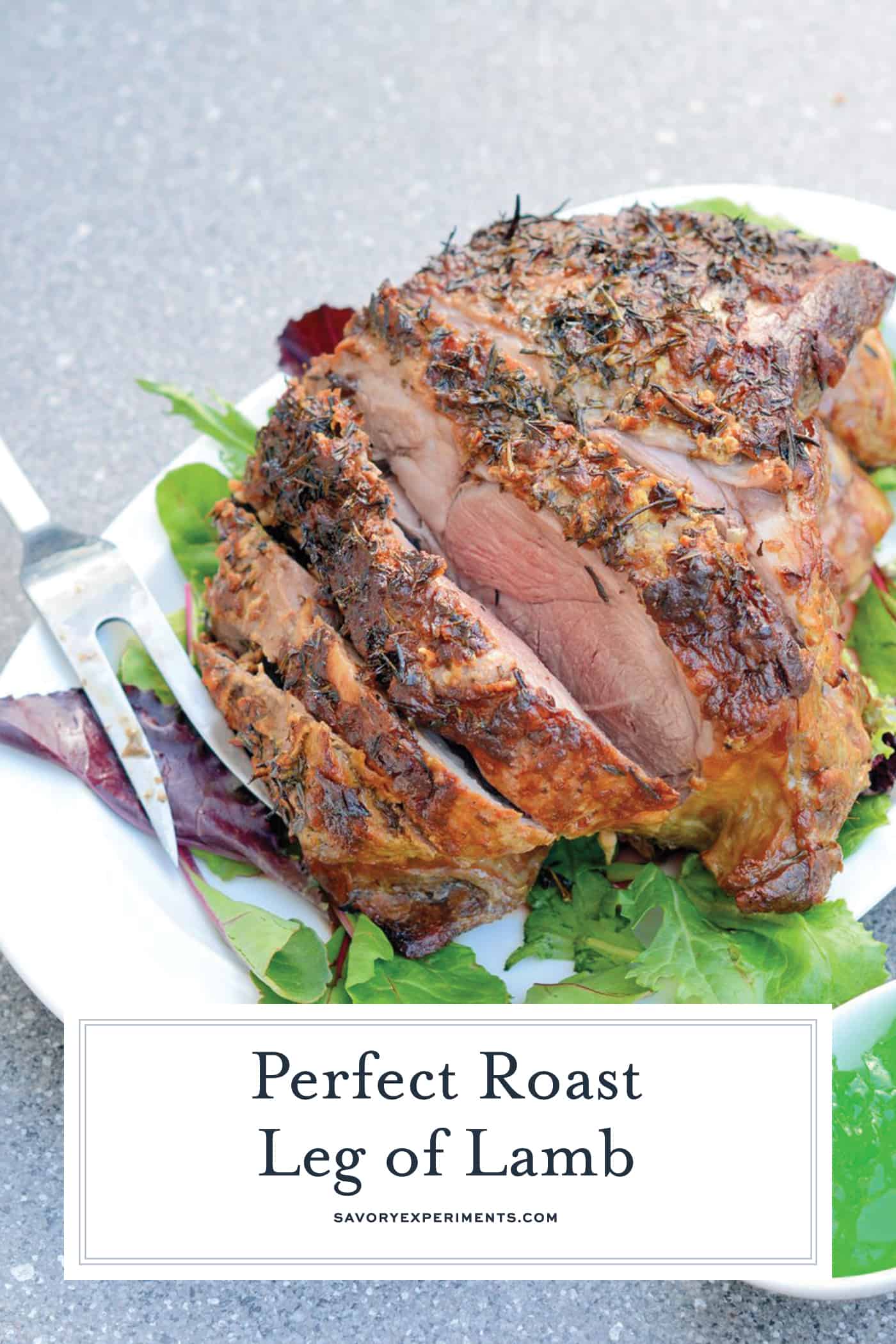
Herb Roast Leg of Lamb Recipe
Equipment
Ingredients
- 5-6 pound boneless leg of lamb*
- 2-3 large garlic cloves thinly sliced
- 1 tablespoon coarse sea salt
- 1 teaspoon black pepper
- 2 tablespoons Dijon mustard
- 1 1/2 tablespoons fresh rosemary finely chopped
- 1 1/2 tablespoons fresh thyme finely chopped
- 4-5 rosemary and thyme sprigs
- 2 tablespoons light extra virgin olive oil
- Mint jelly optional
Instructions
- Preheat oven to 500 degrees. Prepare a 9×13 roasting pan by spreading light extra virgin olive oil in the bottom and then laying springs of fresh herbs on the center, a nice bed of aromatics for your leg of lamb to rest on while it roasts.
- Place boneless leg of lamb on a clean work surface, like a cutting board. Pierce the top with a knife, making slits deep enough for garlic slices. Fill the slits with garlic. Next, rub the surface with coarse sea salt and pepper. Slather with Dijon mustard and finally press fresh, chopped rosemary and thyme into the Dijon mustard. Transfer boneless leg of lamb to the prepared roasting dish.
- Place into the hot oven for 20 minutes. This will create a nice crust and seal in juices.
- After 20 minutes, lower heat to 350 degrees. Open oven door to allow excess heat to escape and cool down the oven fast. Continue to roast for 40-60 minutes. Time will vary greatly depending on size of your leg of lamb and your preferred level of doneness.
- Remove roast after reaching desired temperature. Allow to rest for 15 minutes before carving. Carve against the grain and serve with a side of mint jelly.
- If you've tried this recipe, come back and let us know how it was in the comments or ratings.
Notes
Nutrition
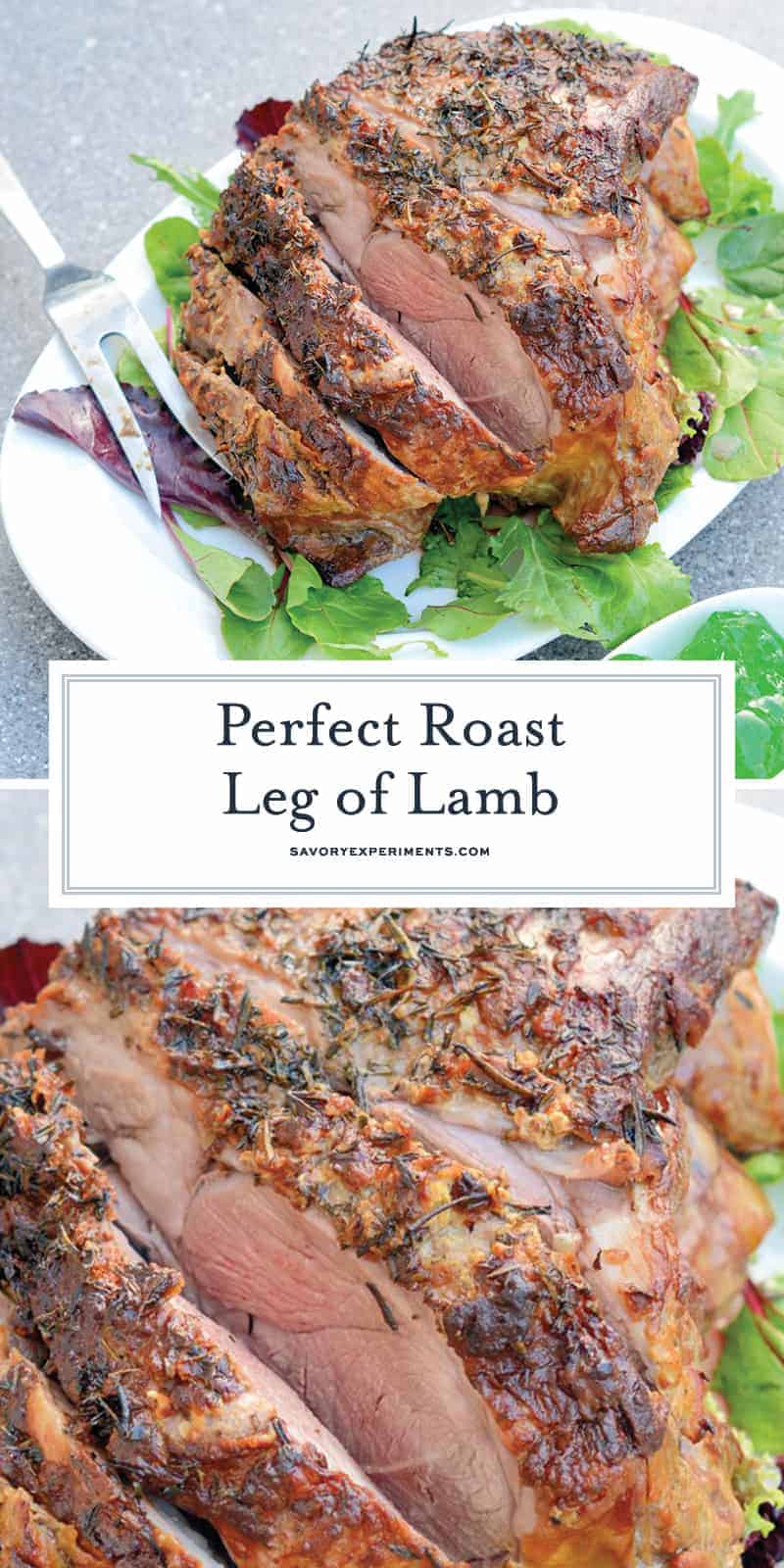
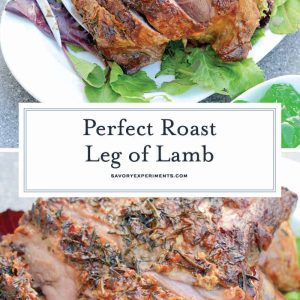
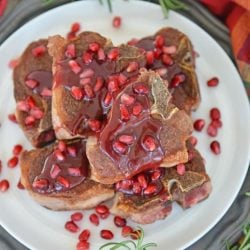

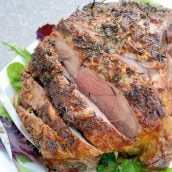

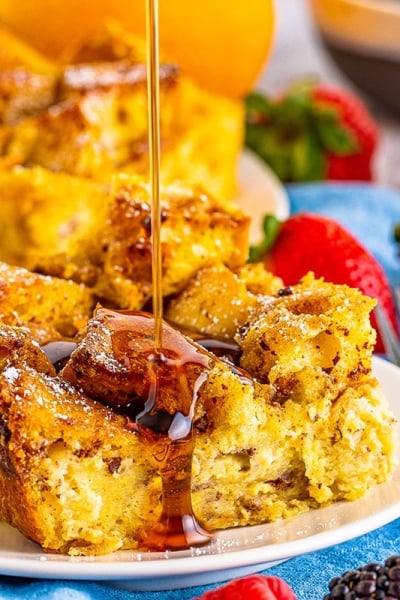
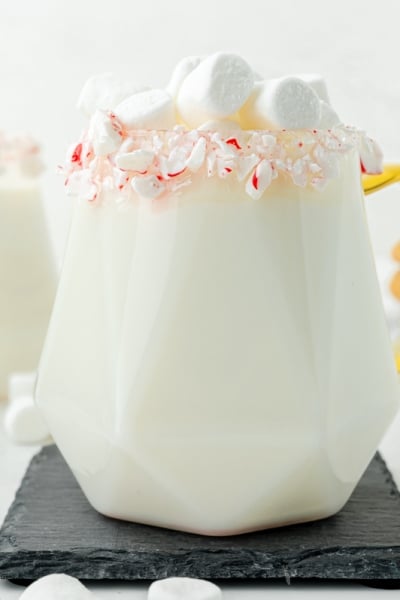
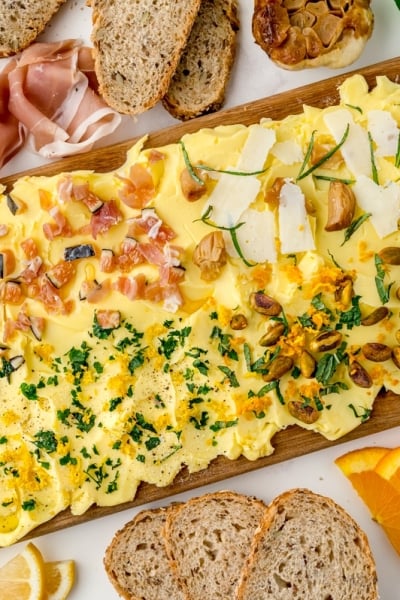
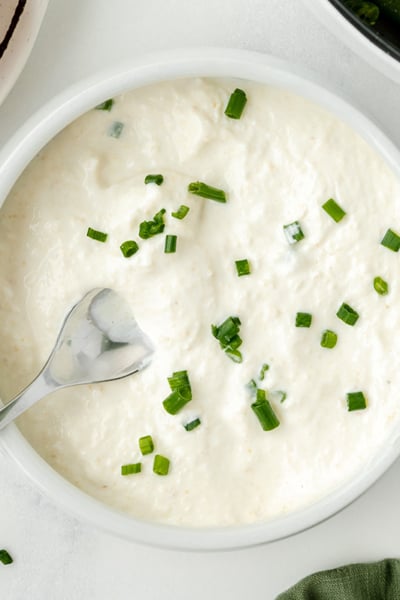













Wow! that leg of lamb looks delicious! I am sure it is
The absolutely best sandwich I’ve ever eaten was made from left over roast lamb.
i’m not a lamb fan either. my sister donna LOVES it. esp with mint jelly!
I have never had lamb before, but would love to give it a try some time. This recipe looks really yummy! If it goes on sale this Easter, I may pick some up and give it a try!
Omg, your picture is making me so hungry! This looks so delicious. I love lamb, especially when my father barbecues it.
I’ve never BBQ-ed lamb, but I can imagine it would taste great with the smokey flavors.
I never had lamb before but this looks good. I’m going to pin it, thanks!
I’m not a big meat eater. But I do love lamb!
I dont even like lamb, but that looks amazing!
Thanks! I’m not a big fan either, but I like the way it looks and smells!
If never made a lamb. I do think my husband would love it though!
This reminds me of Easter when I was a little girl. <My nana made lamb every year.